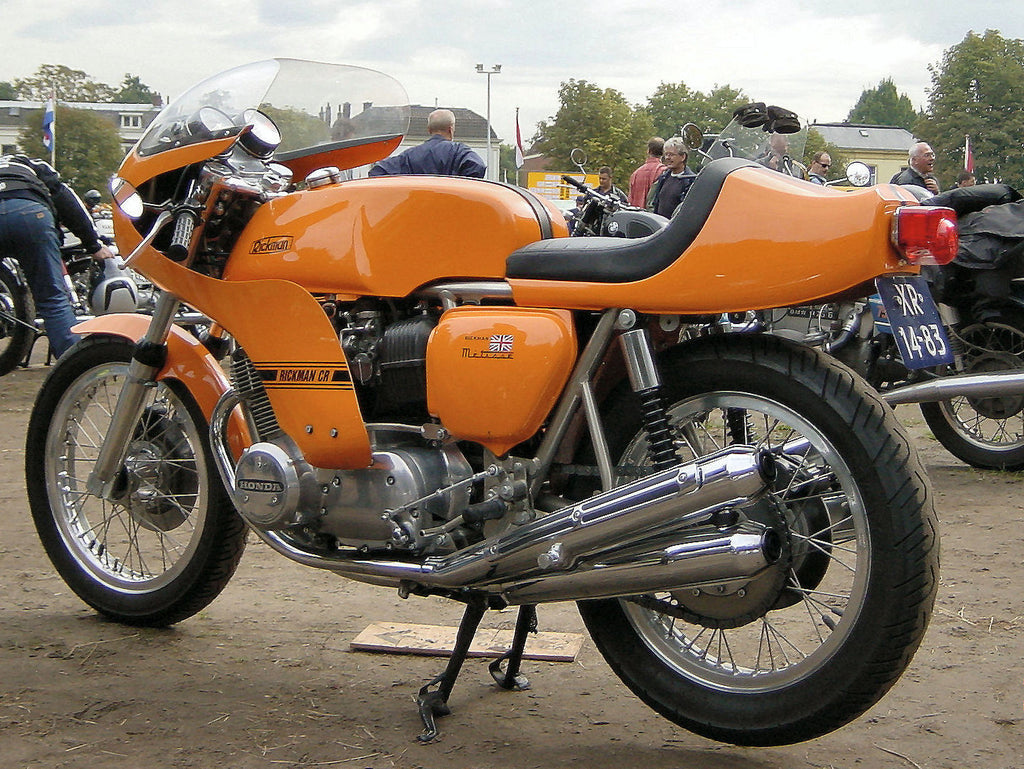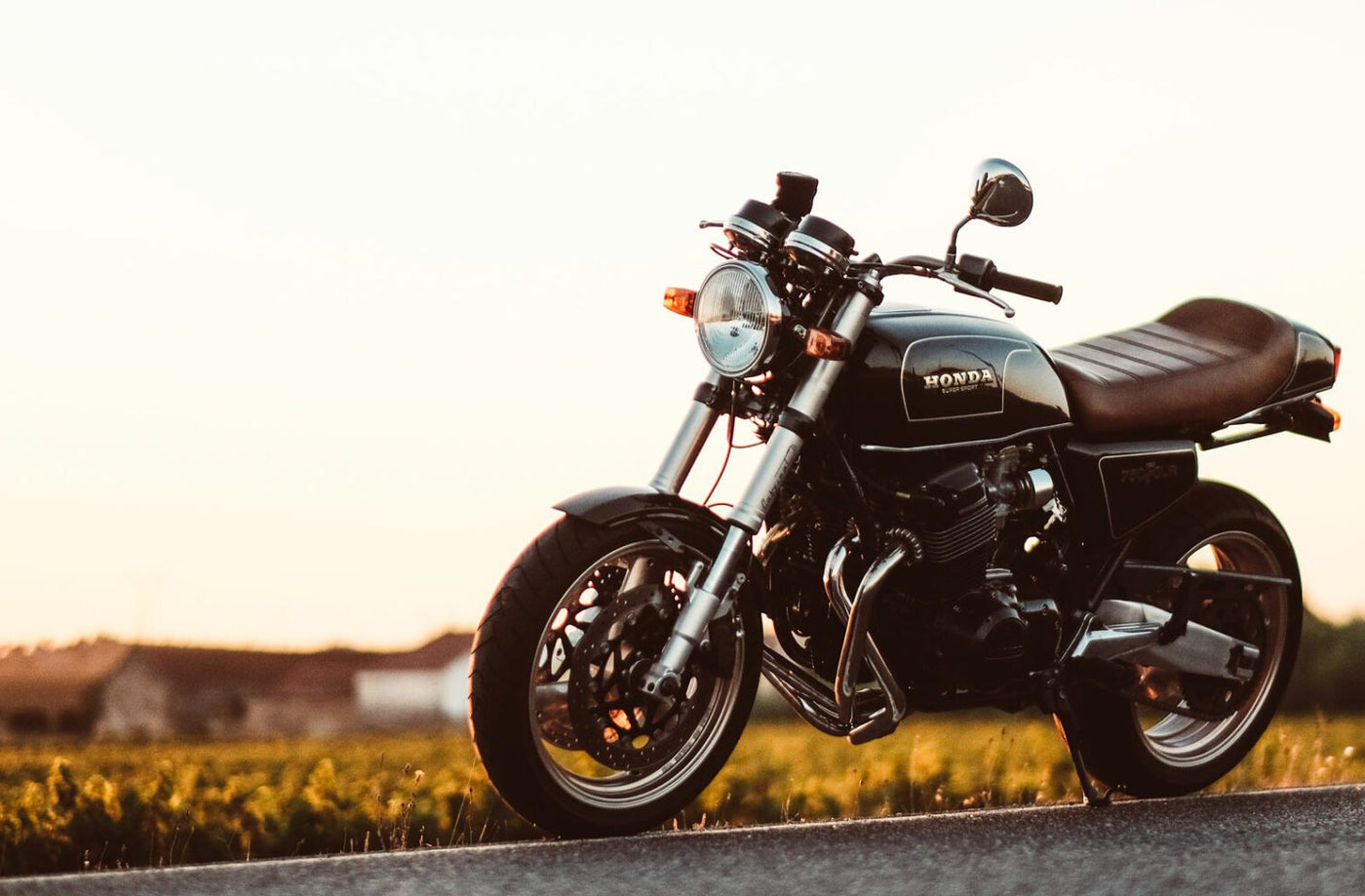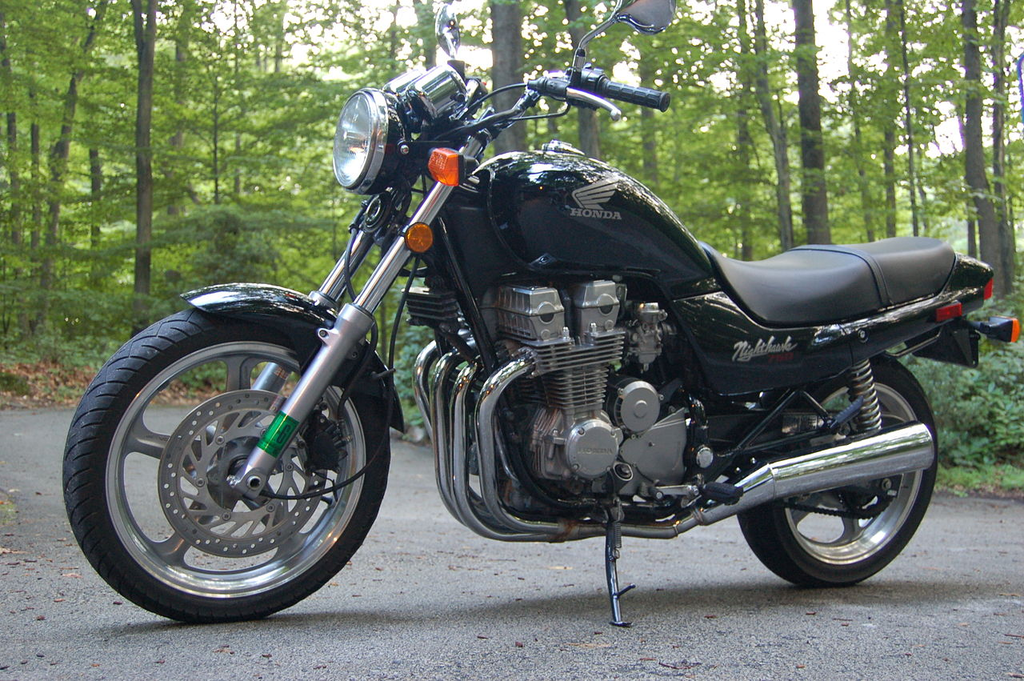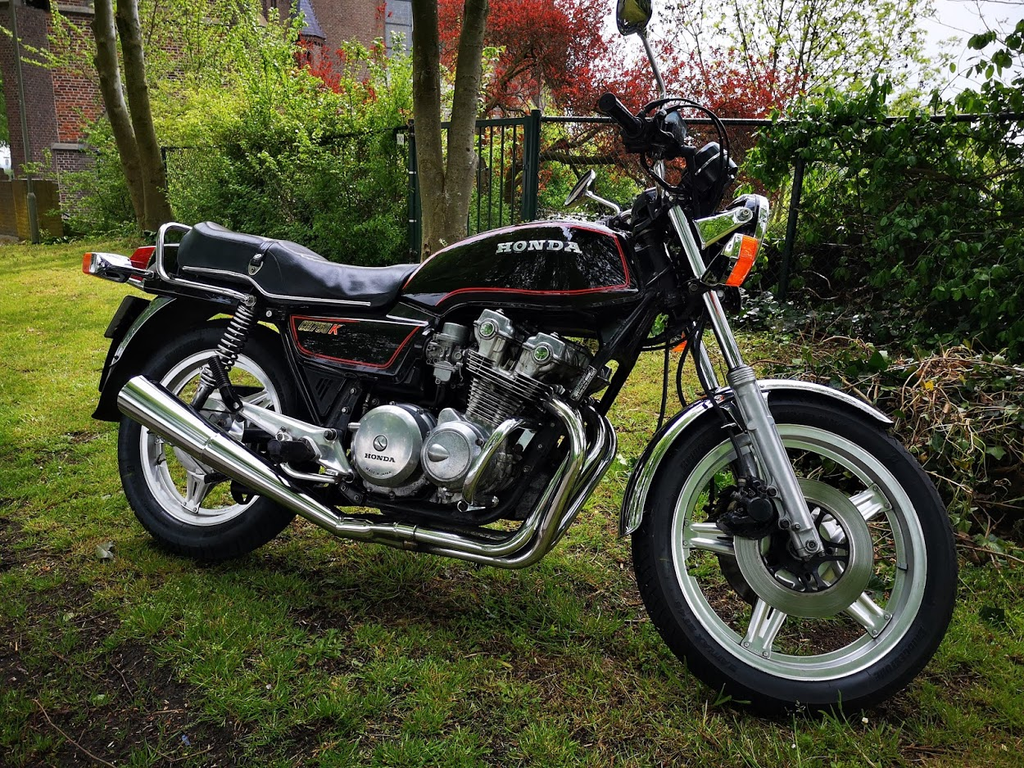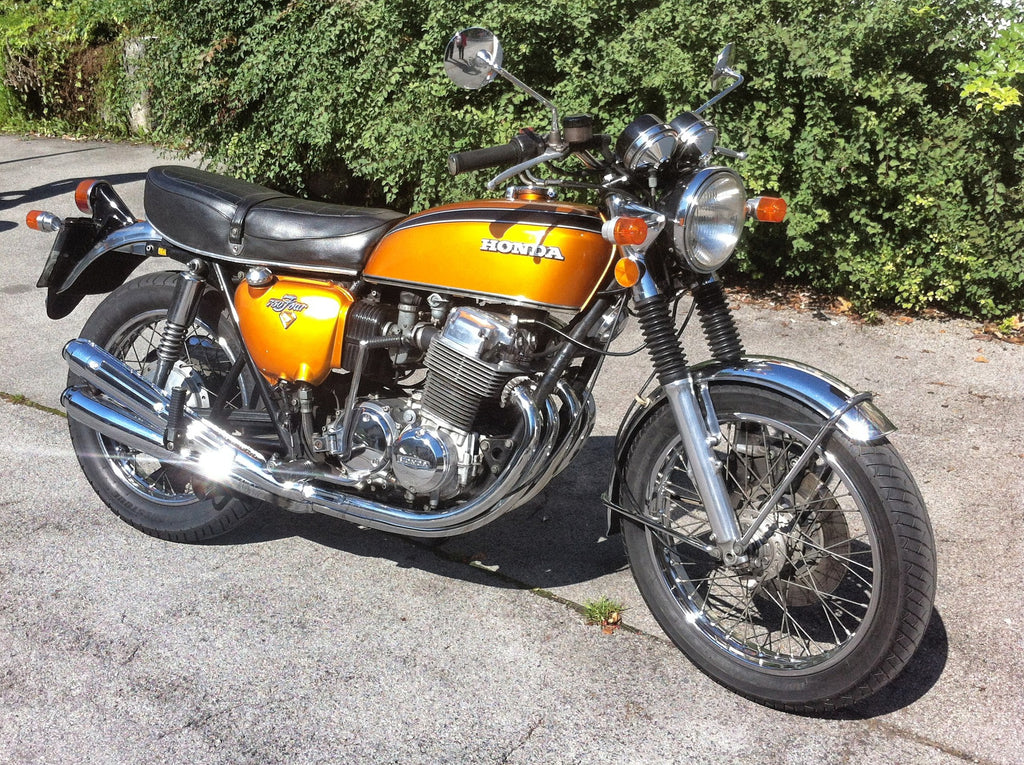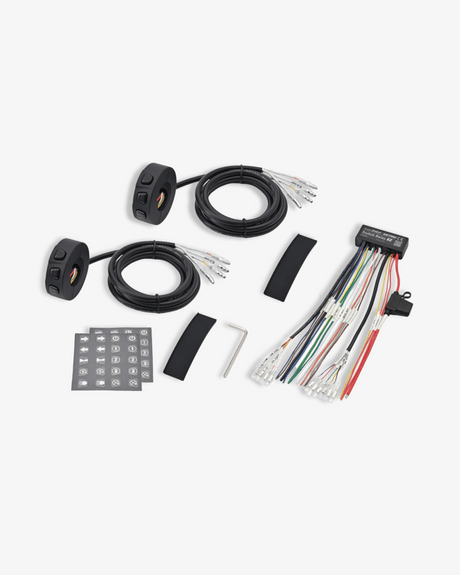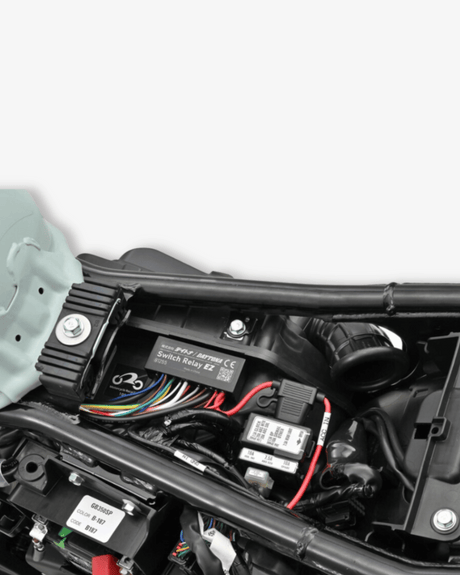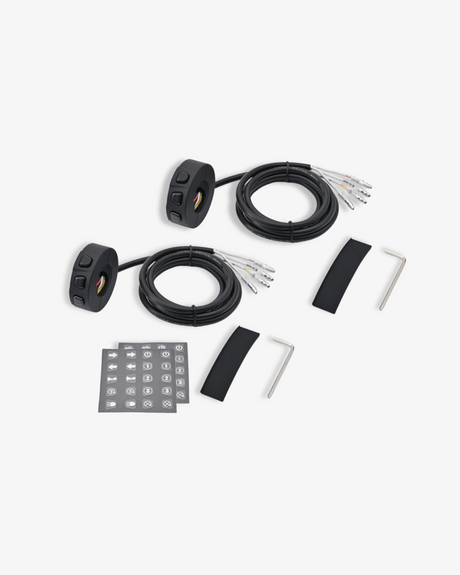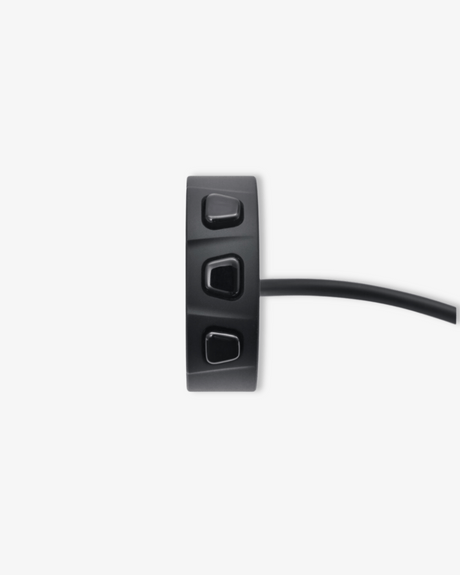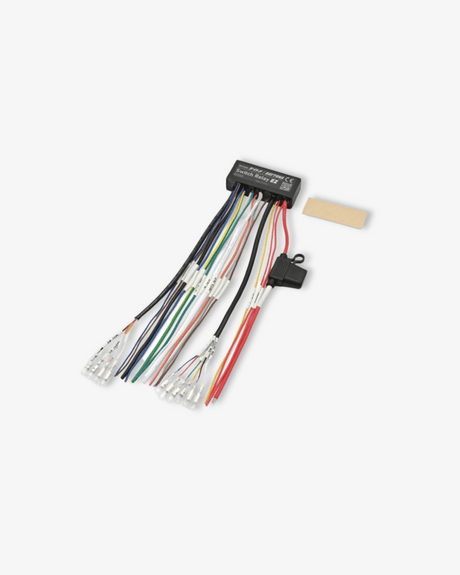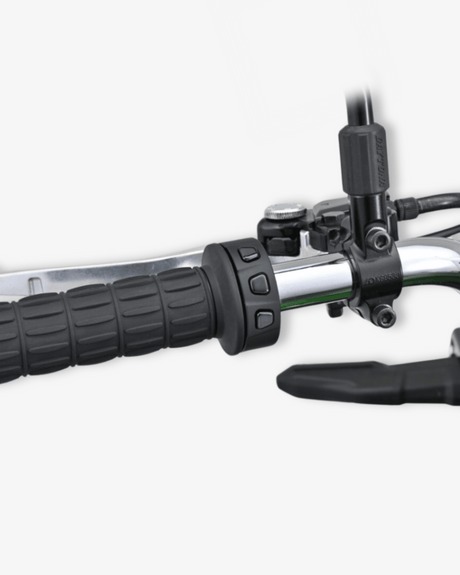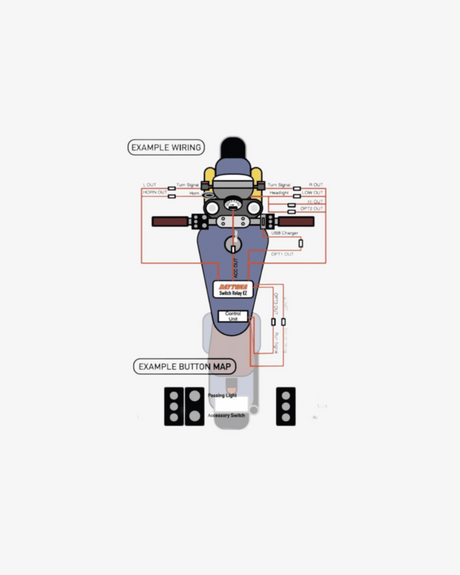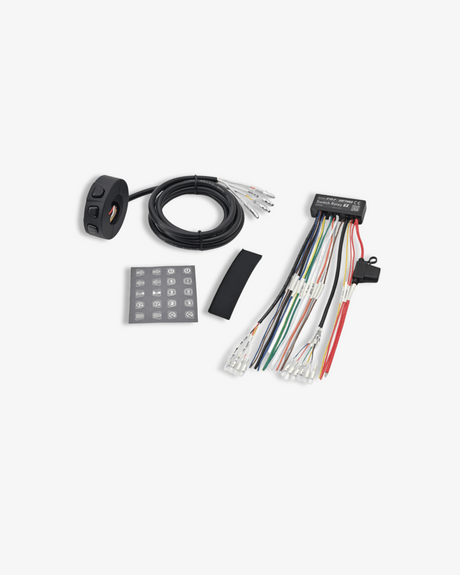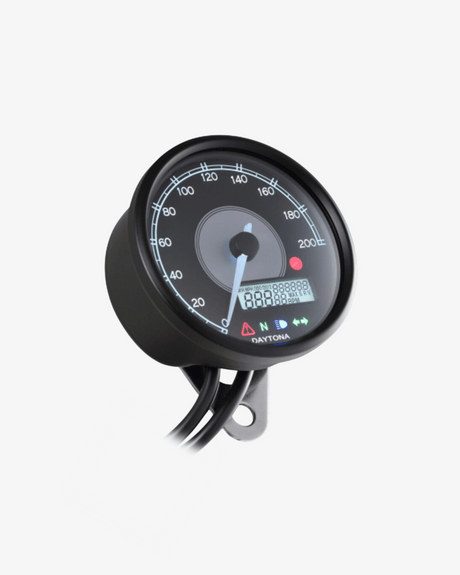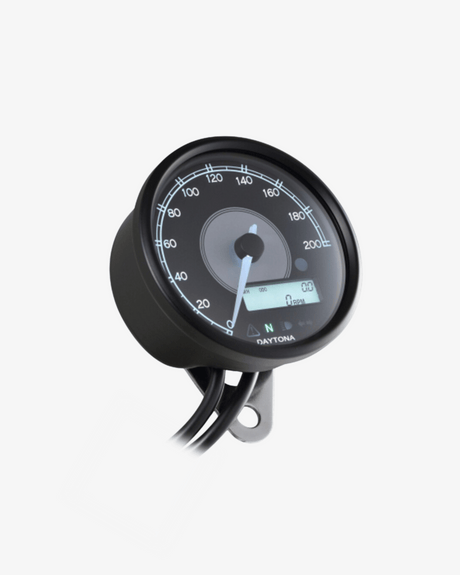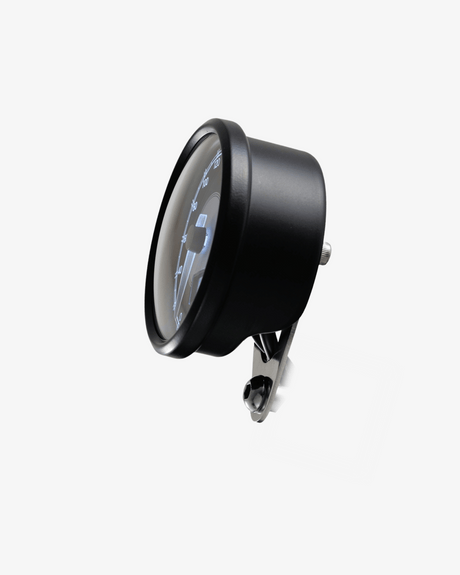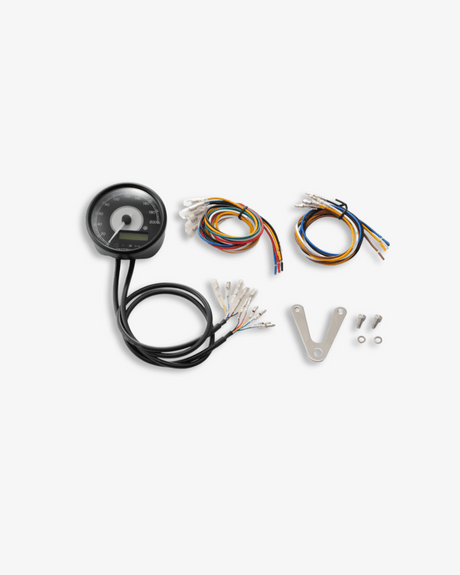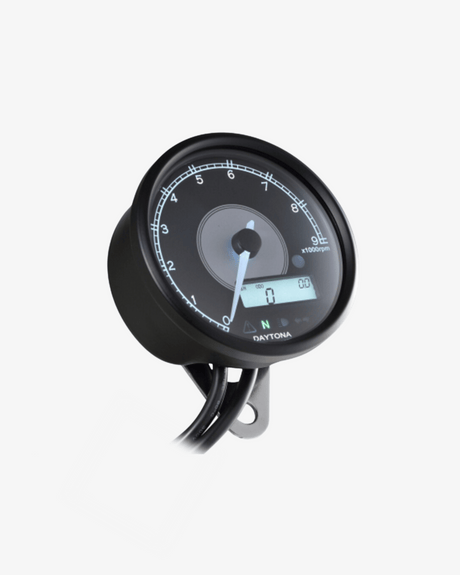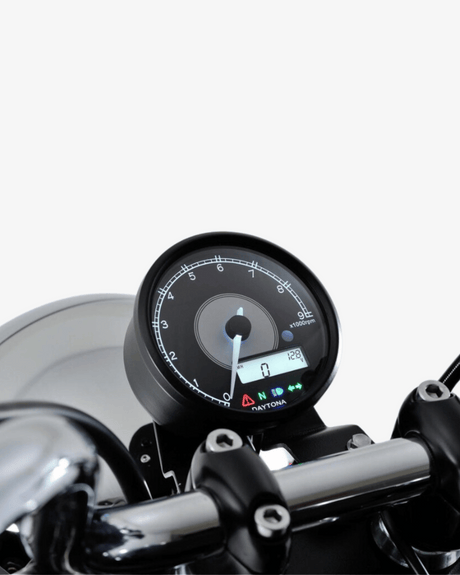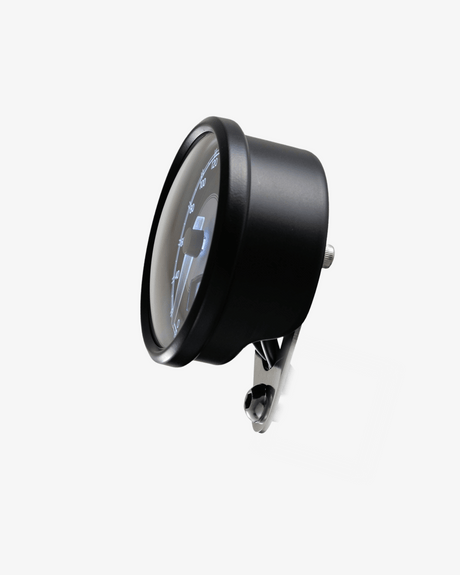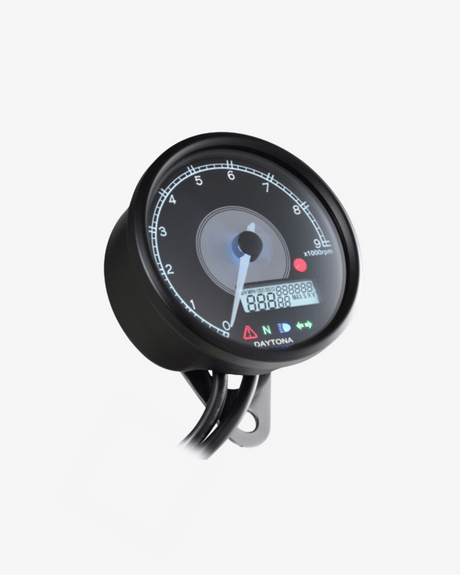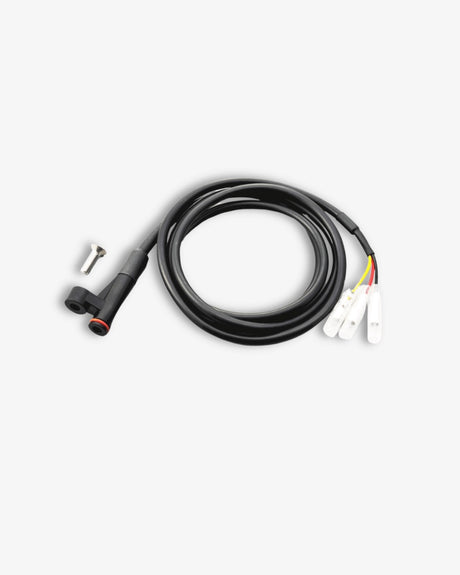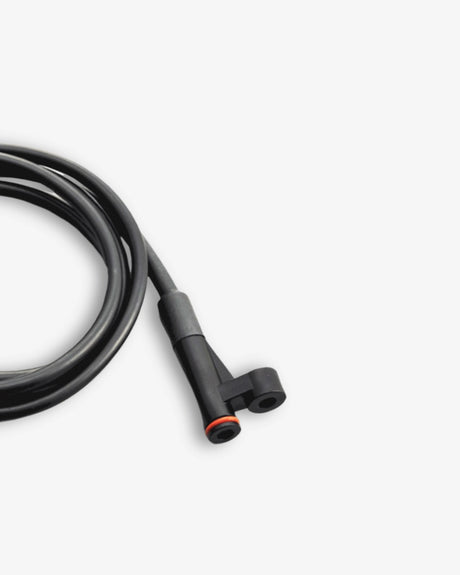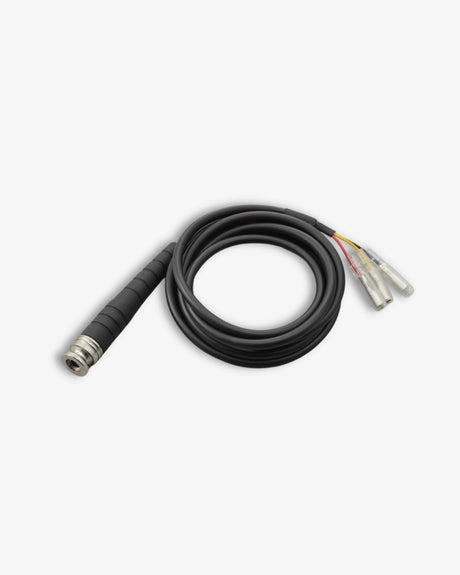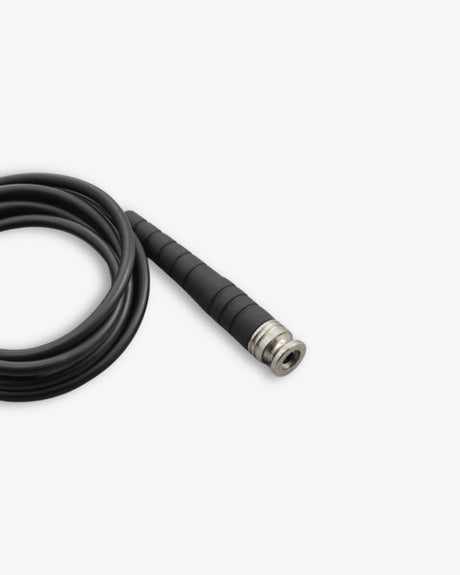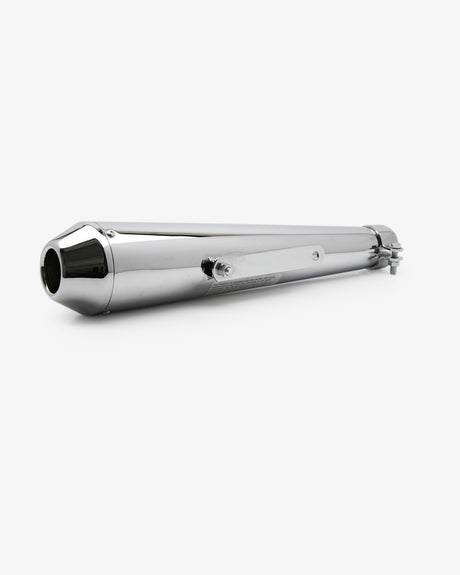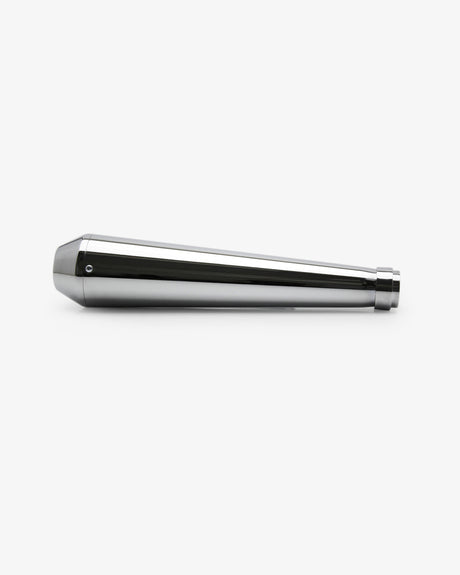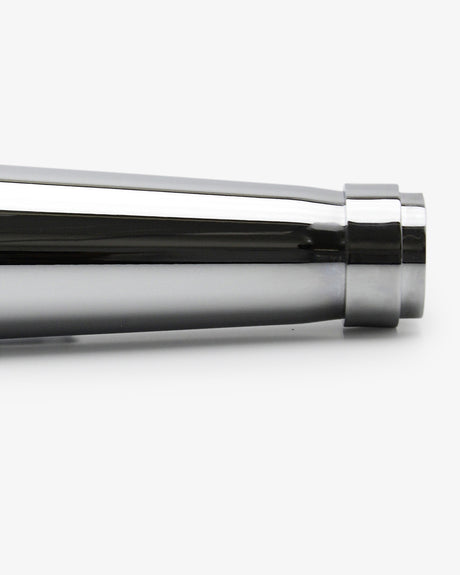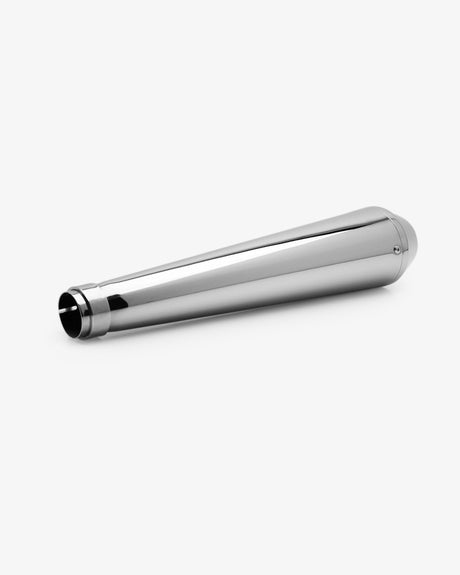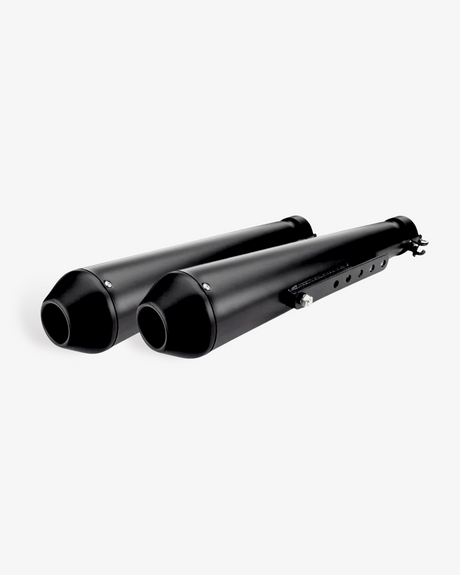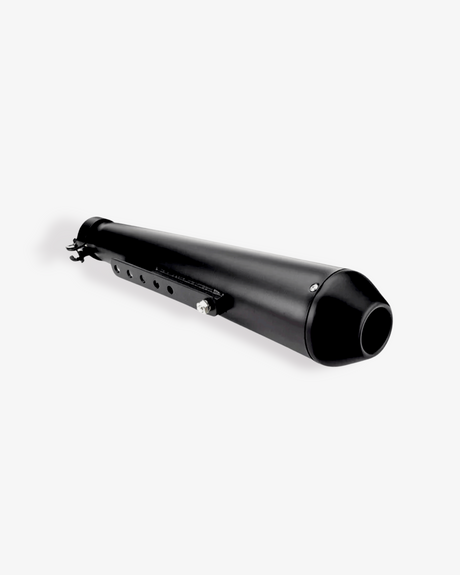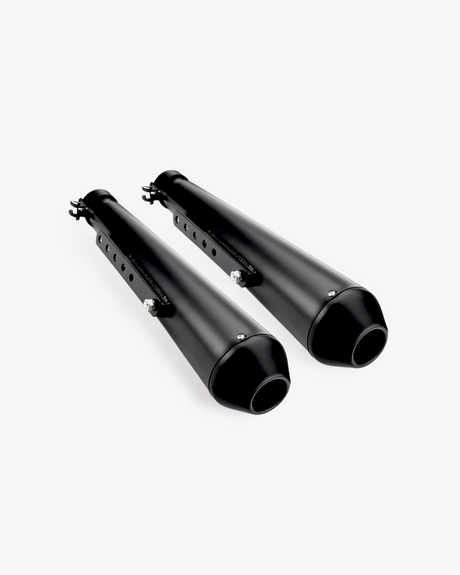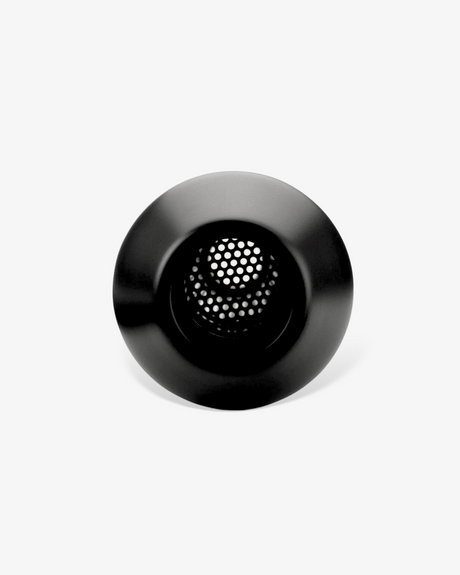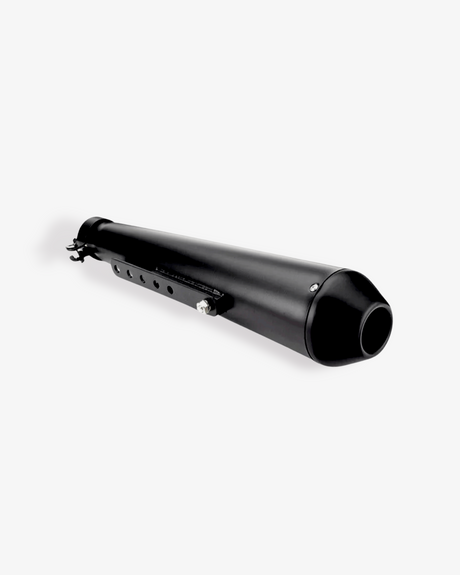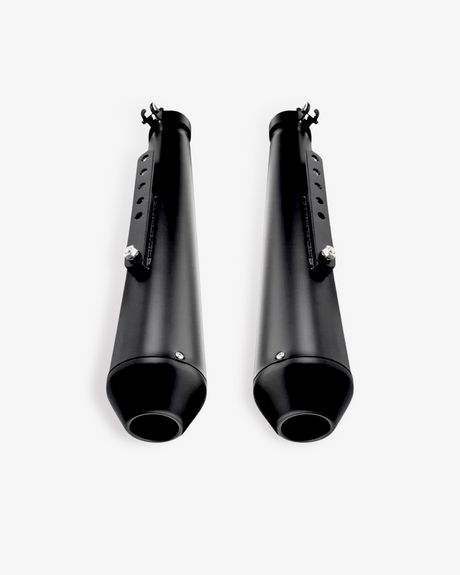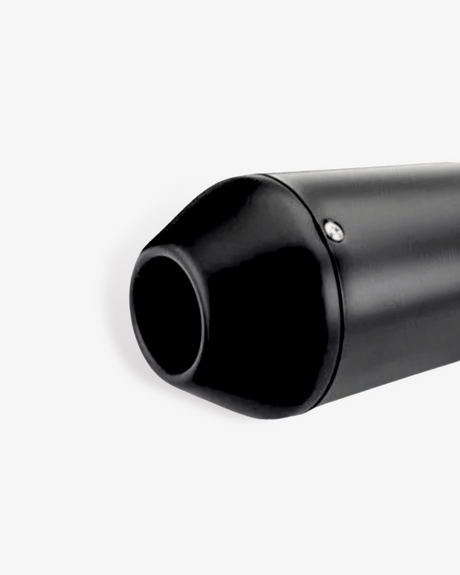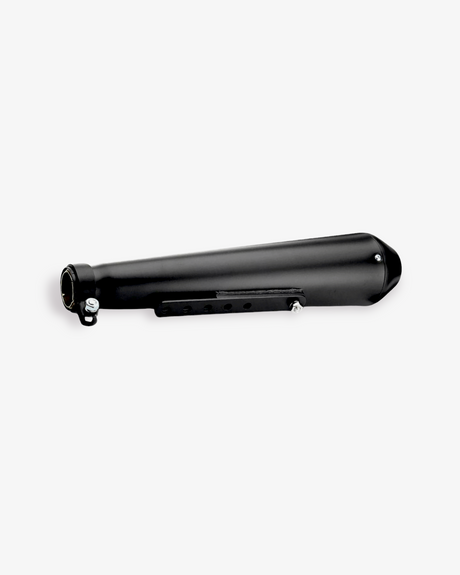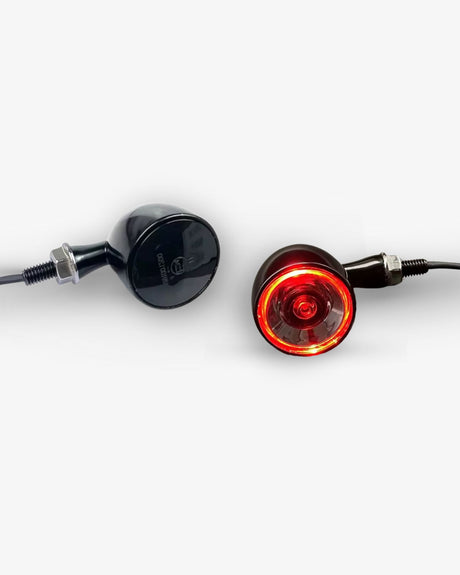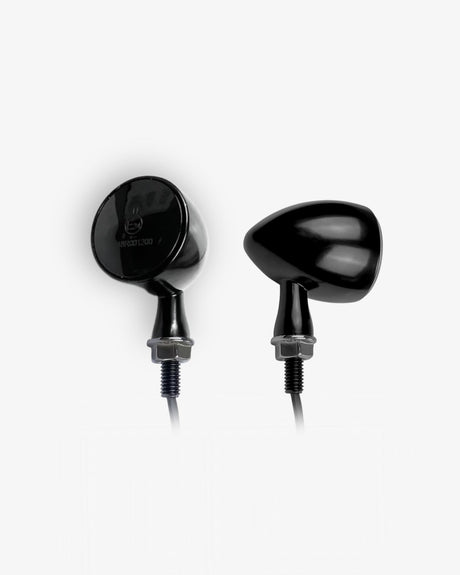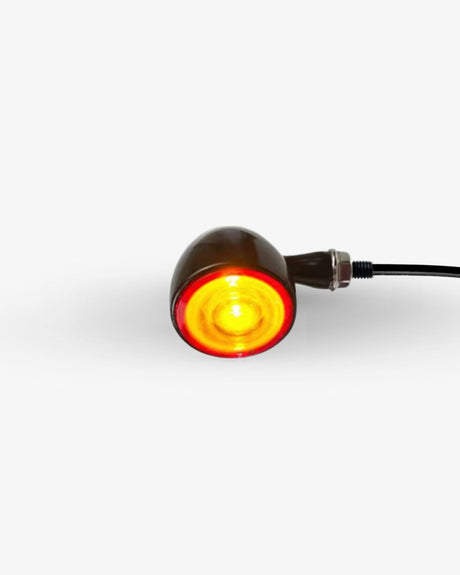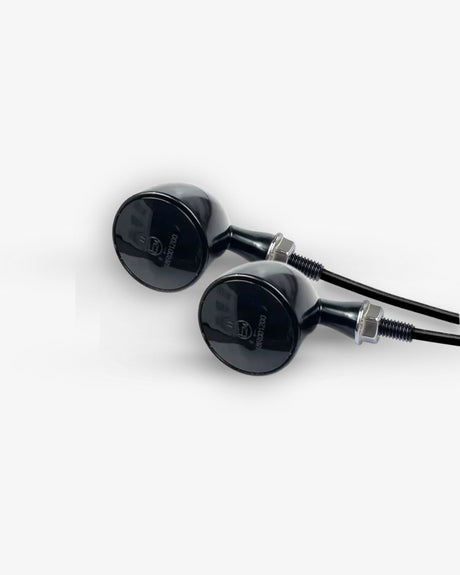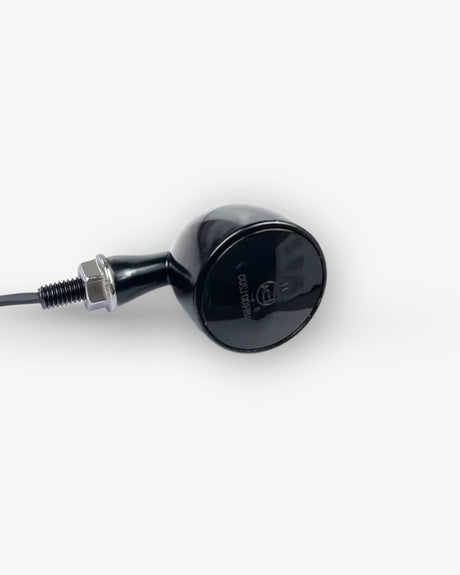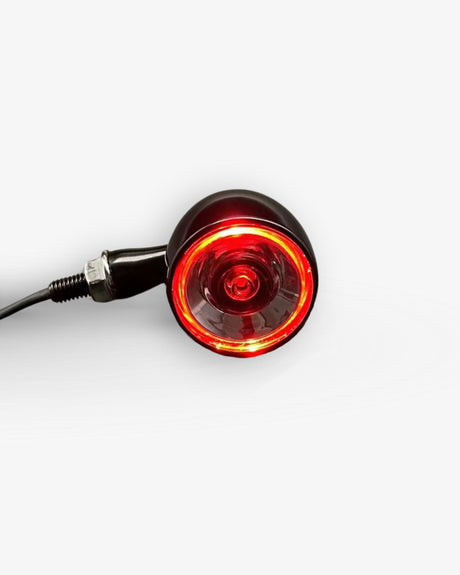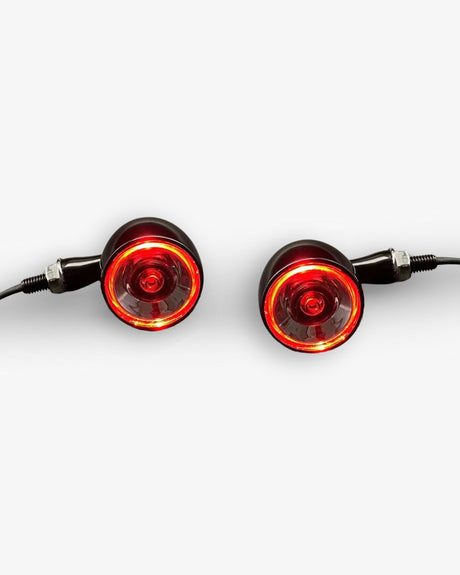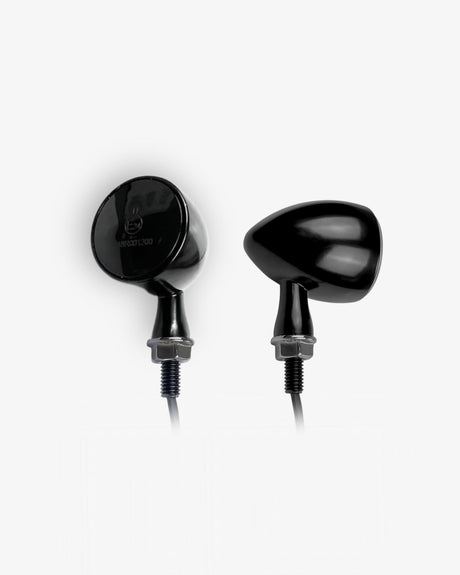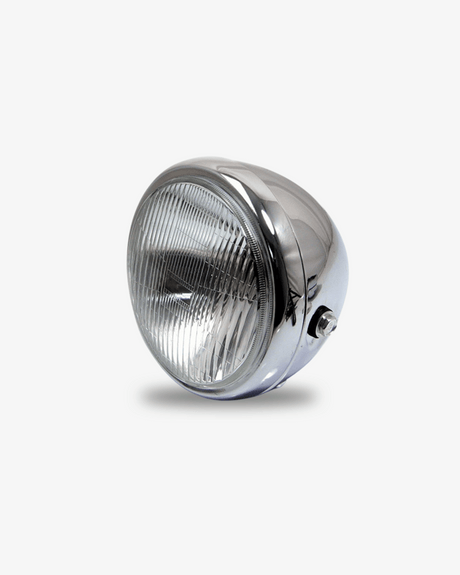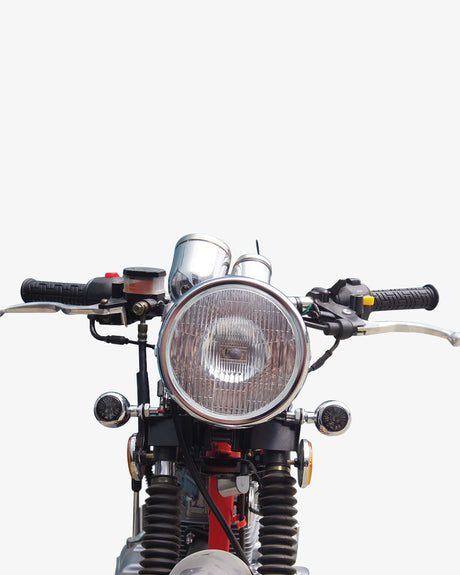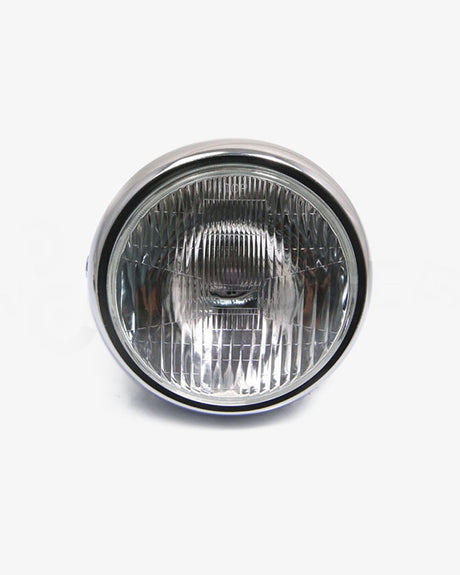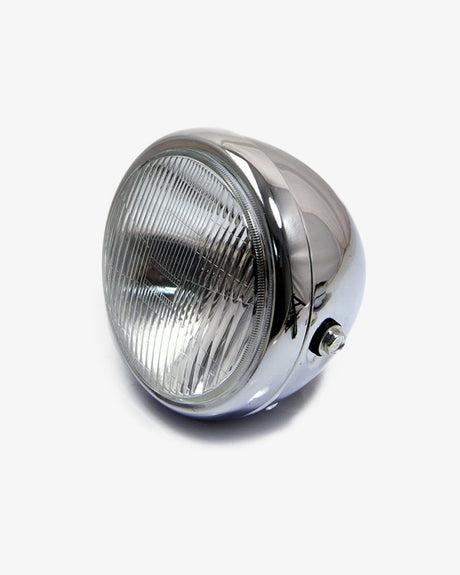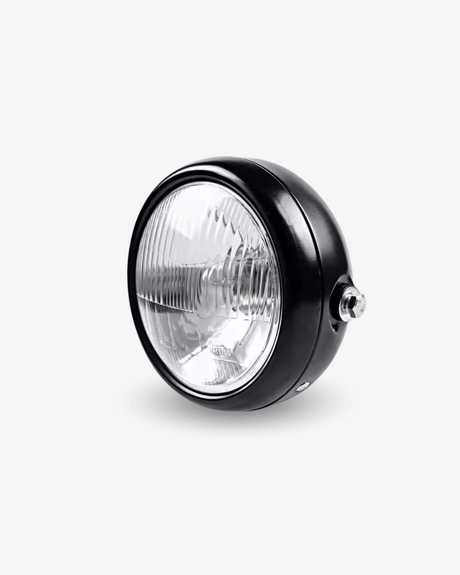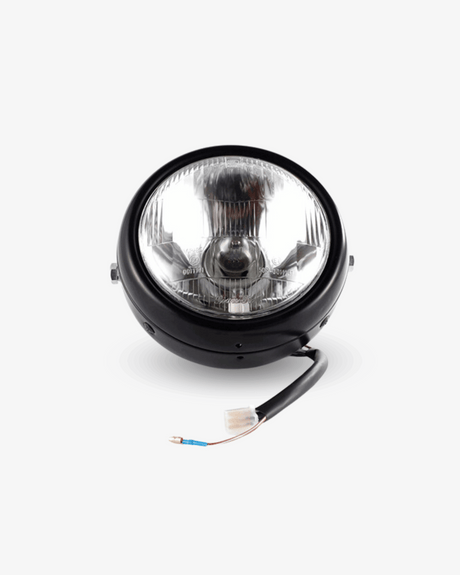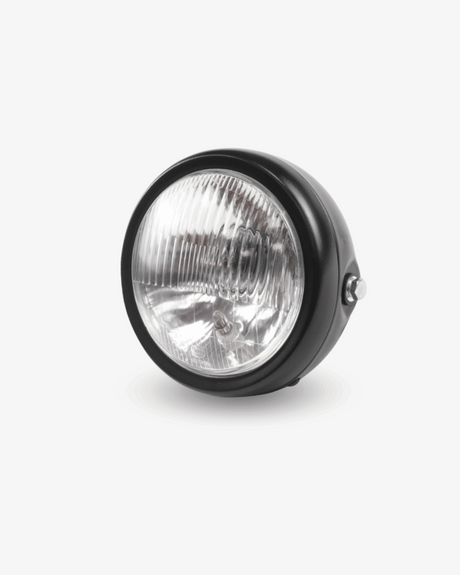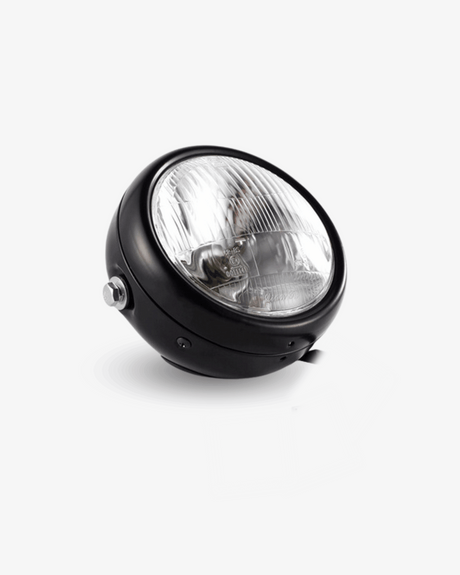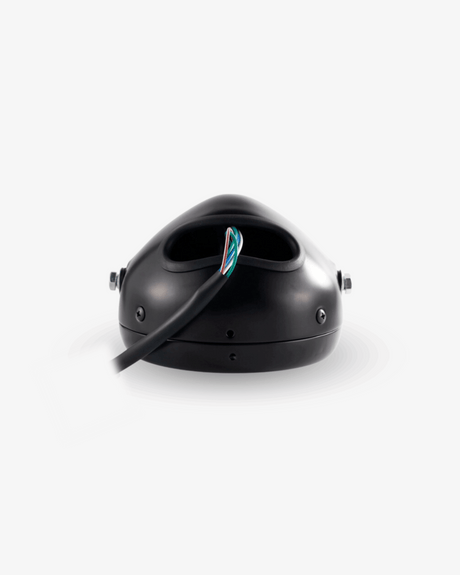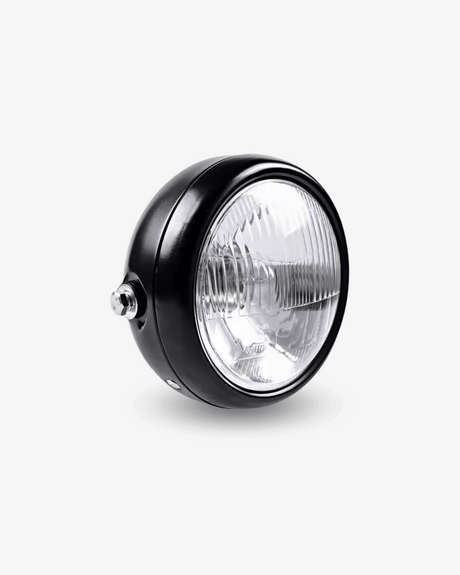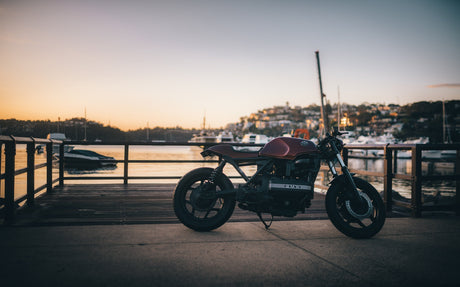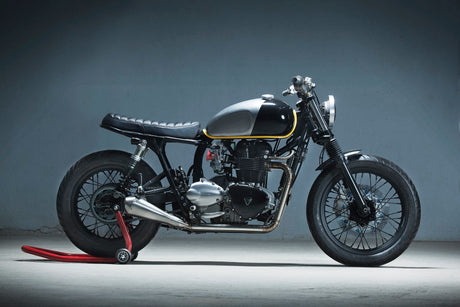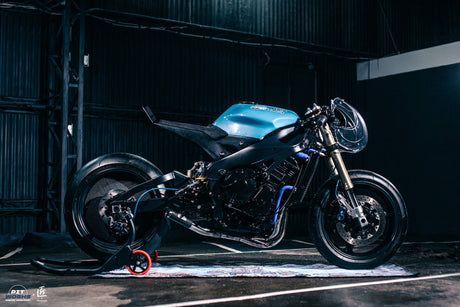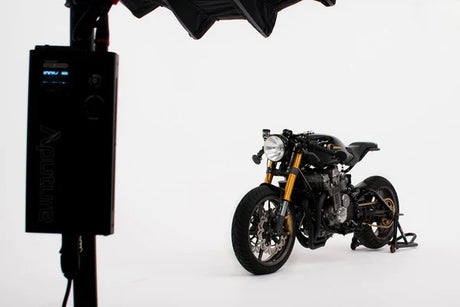There are plenty of products out there that like to call themselves game-changers, but few can really live up to that lofty title. Honda’s CB750, however, absolute can and could be considered one of the most influential motorcycles to ever roll down the road.
From the comfortable, upright style seating, to the incredibly durable yet powerful 4 cylinder engine, and fade-free disc brakes; the CB750 was the first mass-market, large displacement bike to earn the “Superbike” moniker. It would even go on to form the basis of what a Universal Japanese Motorcycle (UJM) design would be for decades and decades to come.
We’re not the only ones who find this legendary bike to be incredibly influential. In fact, the 750 is included in the AMA Motorcycle Hall of Fame Classic Bikes, made Discovery Channel's "Greatest Motorbikes Ever list, is in the UK National Motor Museum, and the Society of Automotive Engineers of Japan, Inc. rates the 1969 CB750 as one of the 240 Landmarks of Japanese Automotive Technology.

See, Honda didn’t create a motorcycle with the CB750, it created a sensation. Today, we’re going to tell you all about this incredible machine:
- Competing With The Best Of The World
- Longevity and Upgrades
- Industry Influence
Competing With The Best Of The World
By the time the Honda CB750 was on the minds of Soichiro Honda and his engineers, Honda had established itself as a world-class builder of motorcycles, but they were missing a key class from their U.S. lineup: large displacement bikes. Although Honda engineers had a competitive, technologically complicated bike that could compete with the larger displacement machines on paper (CB450), dealers in the United States were basically begging Honda to come out with a 750 CC model to compete with motorcycles from with British firms like Triumph, and American legends like Harley Davidson.
Turns out, American buyers believed that there was no replacement for displacement. This is, of course, no surprise given that the muscle car era was in full swing! What can we say, we just love big motors.

Rather than run with complicated DOHC designs (like the CB450), the CB750 would roll with a slightly more dated SOHC setup (up until 1978). Durable rotating components like a single-piece crankshaft, durable, easy-to-adjust valves, and an easy to repair chain drive would make long-term running and maintenance on the 750 a snap. The CB750 would also be the first mass-market bike to come standard with a 5-speed transmission, front disc brake, electric starter, kill switch, dual mirrors, and even flashing turn signals. Instrumentation was incredibly legible, and clean - lending to easy usage while underway. Everything just worked.
Competing with the likes of Harley Davidson, Triumph, and BMW meant that the 750 needed to keep performance on the boil, without succumbing to troublesome reliability issues that plagued other brands. It also meant creating an image for its riders, an image that was spurred on by the Grand Prix bikes that Honda was running in events like the Isle of Man, and Daytona.
Four exhaust pipes, one for each cylinder, all trumpeted off the back, instantly conjuring up images of ripping down the best road courses in the world.
Again, mixing sport with practicality, Honda went for a more upright seating position for increased comfort and all-around rideability. Noise, vibration, and harshness were all fairly minimal for a bike of the time, and high-speed stability was greatly improved over previous models.
All this for the incredible price of $1,495 - easily undercutting all of its main rivals.

Longevity and Upgrades
The results, well, they speak for themselves.
¼ mile times for stock CB750s were down around 12.6 seconds, with a searing top speed of 125 MPH. Publications from the time, such as “Cycle World”, proclaimed the CB750 to be a triumph of modern engineering that put otherworldly performance at a price that nearly anyone could afford. This was also the first time the term “Superbike” was coined, making the CB750 the true granddaddy of the modern, high-performance motorcycle. It could be argued that this bike effectively killed off brands like British Enfield, Norton, and yes, even Triumph in the U.K.. It also stole sale, after sale, from Harley Davidson here in the states. I mean, it was just that damn good.
Honda would go on to sell over 400,000 of the CB750, and it would have a staggering 34-year production run (1969 - 2003) and over that period of time, it would see several upgrades, variations, and versions. At the core, however, the CB750 really didn’t change much from the bike that set the motorcycle world on fire in 1969.
Here are some of the most notable changes over the lifetime of the CB750:
DOHC - CB750K
From 1969 to 1978, Honda did little to upgrade the SOHC models but in 1979, Honda again changed the game by introducing a DOHC engine to the CB750 lineup that brought more power, smoothness, and performance to the game. On top of the upgraded engine, braking was upgraded to a dual brake setup, as well as a newly designed seat that allowed for a slightly lower rider position.
This 4 valve per cylinder gem of an engine produced an ample 77 horsepower and again raised the bar for reliability and overall ease of maintenance.
Specs:
- Air-cooled 4-cylinder 4-stroke engine with chain driven camshaft (DOHC), 4 valves per cylinder (total of 16)
- Power: 77 hp at 9,000
- Top speeds: 125 MPH
- 743 cm displacement
- Compression ratio 9: 1
- Electric starter
- Contactless transistor-controlled battery ignition with mechanical centrifugal force adjustment
- Pressure circulation lubrication
- One-piece steel crankshaft with 5 sliding bearings
- 4 Keihin equal pressure carburetors with a diameter of 30 mm (1.2 in)
- Wet multi-plate clutch
- Three-phase - alternator
- 4-in-4 exhaust system (sometimes shown as 4-in-2-in-4)
- Primary drive via inverted tooth chain
- Secondary drive via roller chain

CB750A Hondamatic
Honda brought an automatic (of sorts) transmission to both the United States and Japanese markets in 1976. This unique gearbox, known as the Hondamatic, was a foot-operated, 2-speed gearbox that utilized a traditional, automotive-style torque converter to get the rider started on their way. To cope with the lower capabilities of the transmission, the CB750A was detuned down to a scant 47 horsepower, and along with the 2-speed gearbox, ensured that it was a bit on the slow side. The significance of offering an automatic transmission on an affordable bike in 1976 is pretty incredible if you think about it. This gave this bike an easy-to-drive, easy-to-love character that made long drives or tough commutes a breeze.
Any rider who enjoys a modern Honda Gold Wing really has the CB750A to thank for blazing that path.
1992 Honda CB750SC Nighthawk
Ah, the Nighthawk. Classically styled, with the same bullheaded reliability and performance as the other CB750 bikes; the 750SC Nighthawk was well-loved during its production run from 1991 - 2003. Although the Nighthawk name had been around since 1982, it was the 750 model that became most synonymous with the name. Classic styling elements like the teardrop fuel tank, and low slung seat (while still maintaining the upright driving position characteristic of the UJM bikes) ensured that Nighthawk would make a solid impression, and is instantly recognizable as a Honda product. Today, you can pick up a Nighthawk for relatively cheap, and enjoy it for years to come! Even ones that shredded or beat - up can easily be put back on the road for a few hundred bucks. Remember, it’s a Honda.

Industry Influence
It’s hard to put a figure or a number on just how much of an influence the CB750 had on modern motorcycles. This bike was designed in focus groups to compete with the best in the world, and this granular, data-driven approach did exactly that. It took all the good stuff from larger 750 CC motorcycles and did away with all the annoying foibles and reliability issues of these traditionally larger bikes. Honda had been producing incredibly reliable machines way, way before the introduction of the 750 but they had never really been known for all-out performance. All that changed with this single model, and it was all done for the low, low price of $1,495.
What’s today known as UJM design, or Universal Japanese Motorcycle was built around the CB750! Throughout the ’70s, ’80s, and into the ‘90s - you could take one look at a motorcycle built by one of the Big 4 (Honda, Suzuki, Yamaha, Kawasaki) and know it was a Japanese made bike; without the CB750, this would have never been the case. It also spurred an incredible trade war within the Big 4 that saw a remarkable increase in technology, and performance over the course of a short few years. Once Honda stating killing off brands like Norton and BE, everyone started to take notice.

There’s no doubt in our mind that the CB750 is directly responsible for the Superbike crazy world of today. It brought the performance to the people and began a trade war for market dominance that spawned ever faster bikes from the best manufacturers in the world.
Setting the standard is exactly what the CB750 did, and damn it, we just love it.

